[ad_1]
Abstract
- The Cave of the Sibyl in Cumae, Italy, is an historic web site related to the Cumaean Sibyl, a priestess and prophetess in Greek mythology.
- The cave was found in 1932 by archeologist Amedeo Maiuri and is partially open to the general public at the moment, with guests needing to rearrange their go to upfront.
- The cave has a trapezoidal passage that’s 131 meters lengthy and 5 meters excessive, with aspect galleries and cisterns, and is believed to be the place the place the Sibyl prophesied.
As Rome rose and took over the Italian peninsula, southern Italy and Sicily had been stuffed with historic Greek colonies in a area referred to as Magna Graecia. One of many oldest Greek colonies in Italy was Cumae close to Naples (which was additionally a Greek colony). Probably the greatest and most important historic points of interest at Cumae is the Cave of the Sibyl.
The Cave of Sibyl is positioned close to the ancient Roman Sin City of Baiae, of which half of the previous metropolis is now submerged within the sea. There, guests can see the three temples of Baiae, which are literally the ruins of three large ancient Roman thermal baths. This space exterior of Naples is exclusive for having Greco-Roman ruins on land, submerged within the water, and underground in caves. Here is what to know in regards to the Cave of the Sibyl in Naples.
UPDATE: 2024/07/07 19:15 EST BY ERYNN RUIZ
Uncover The Underworld Cave Of Sibyl The place The Historical Romans Would Seek the advice of The Oracle (It is In Naples)
This characteristic has been up to date with extra data on go to the Cave of Sibyl, with insights into what to anticipate and what you may expertise whereas there.
What Is The Story Of Sibyl?
What occurred to the Cumaean Sibyl
Sibyl Oracle Collapse Historical Metropolis of Cuma
The Cumaean Sibyl was a priestess on the Greek colony of Cumae (sibyl comes from a Greek phrase which means prophetess). Be aware, there have been many sibyls in Historical Greece. The Cumaean Sibyl was included within the legends of early Rome — there’s even a Michelangelo portray on the Sistine Chapel ceiling.
The Historical Greeks had a big affect on the event of Rome and the area. Greek influences will be seen in writing (the Latin Alphabet derives from the Greek Alphabet) and historic Roman faith.
The Cumaean Sibyl was a priestess who presided over the Apollonian oracle. In response to legend, she prophesied from deep within the earth beneath the temple of Apollo. She would write her prophesies on oak leaves which had been then displayed on the cave’s entrance.
The Cumaean Sibyl was a information to Hades (the underworld) and acted as a bridge between the worlds of the residing and the useless.
In response to one model of the legend, Sibyl was a mortal lady who was granted immortality (or as a few years because the grains of sand she had in her hand) by Apollo on the situation she gave her virginity to Apollo and served him as a priestess. Nevertheless, later, she refused the highly effective god’s love after which withered away.
The Cave Of Sibyl Close to Naples Might Be The Cave Of Historical Legend
The Cave of Sibyl was found in 1932 by Amedeo Maiuri
The doorway to the well-known cave of the Cumaean Sibyl, the priestess of the oracle of Apollo
The Cave of Sibyl is related to the Cumaean Sibyl. In response to the traditional Roman poet Virgil writing in 19 BC, this was the place the legendary Cumaean Sibyl prophetess lived. This was among the many most essential locations of worship in historic Italy.
Virgil’s Aeneid chronicles the adventures of the Trojan warrior Aeneas, who descended into the underworld with assistance from the Sibyl, to hunt the recommendation of his useless father, Anchises. Different tales affiliate this cave and the Sibyl with the semi-legendary final Roman King, Tarquinius Superbus, round 500 BC.
- Found: 1932
- Size: 131 meters or 430 toes (passage)
For a very long time, the whereabouts of the Cave of Sibyl had been misplaced, however this cave was recognized in 1932. It was discovered by archeologist Amedeo Maiuri, who oversaw excavations at Herculaneum and Pompeii for a few years. Moreover, he labored to excavate emperor Tiberius’s Villa Jovis on Capri Island.
Today, students are not sure whether or not the Cave of Sibyl actually is the traditional legendary cave described by Virgil, but it’s nonetheless labeled as Sibyl’s cave. Plus, there are different historic Roman caves within the space, together with the Crypta Romana and the Grotta di Cocceio.
Temple of Sibyl within the park of Villa Gregoriana positioned in Tivoli, close to Rome
How large is the Cave of Sibyl?
The trapezoidal passage into the Cave of Sibyl is 131 meters lengthy and 5 meters or 16.4 toes excessive with various aspect galleries and cisterns. The passage has many entrances (however not the hundred entrances that Virgil stated it had — maybe he was simply utilizing poetic license).
The passage is reduce out of the volcanic tuff stone and results in an innermost chamber the place it’s stated that Sibyl prophesied.
What To Know About Visiting The Cave Of Sibyl At this time
Flavian Amphitheater of Pozzuoli drone view from above
At this time, the Cave of Sibyl is a part of the Cumae Archaeological Park at Pozzuoli close to Naples. The traditional cave is partially open to the general public, as guests want to rearrange their go to upfront.
Visiting Antro della Sibilla
- Days Open: Wednesday to Monday (closed Tuesdays)
- Opening Hours: 9:00 am to 7:00 pm (April to August)
- Location: Monte di Cuma 1, Pozzuoli (NA)
- Excursions can be found in Italian, English, French, German, and Spanish.
- Guests can access the Cumae Archeological park with a three-day Pompeii go from TickItaly.
One other of the important thing points of interest right here is the Flavian Amphitheater of Pozzuoli, the third-largest Roman amphitheater in Italy.
Caves and the underground have lengthy had non secular and legendary significance to religions throughout the ages. In Rome, see the mystical underground Mithraeum at Circus Maximus (Mithraea had been a sort of underground Roman temple standard with Roman troopers).
[ad_2]
Source link

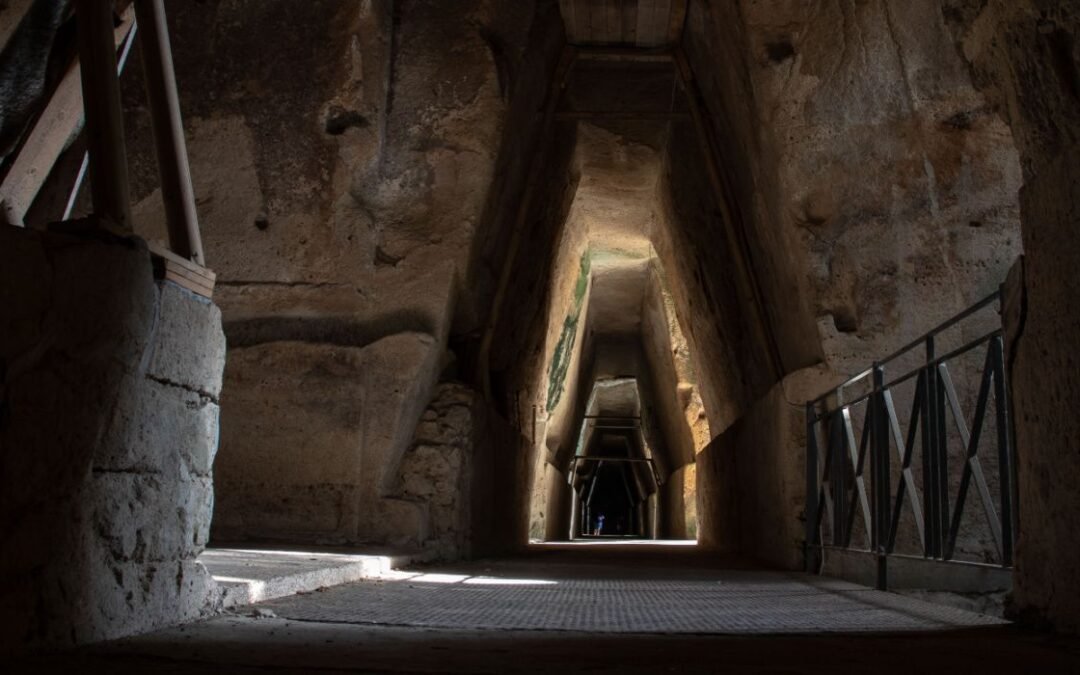
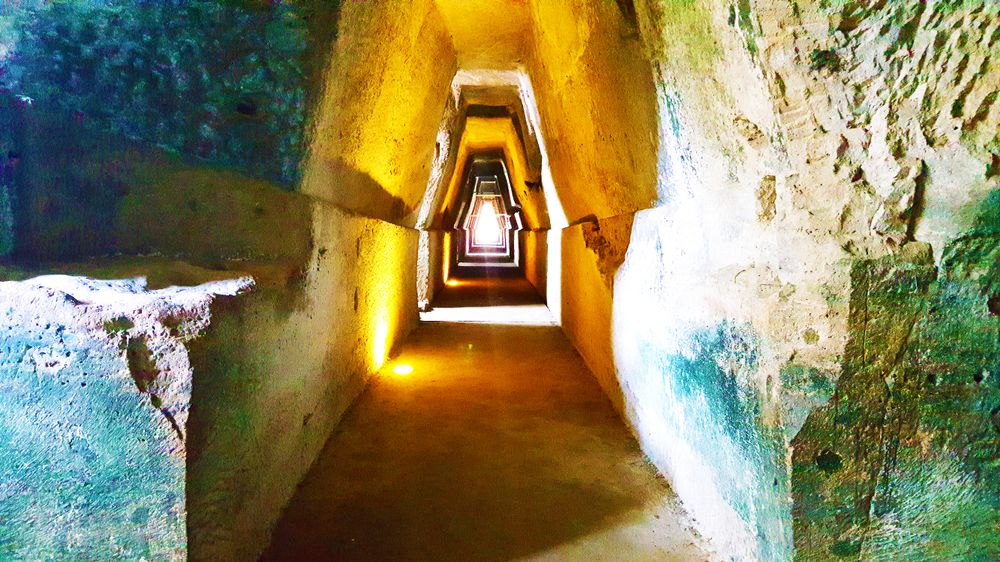
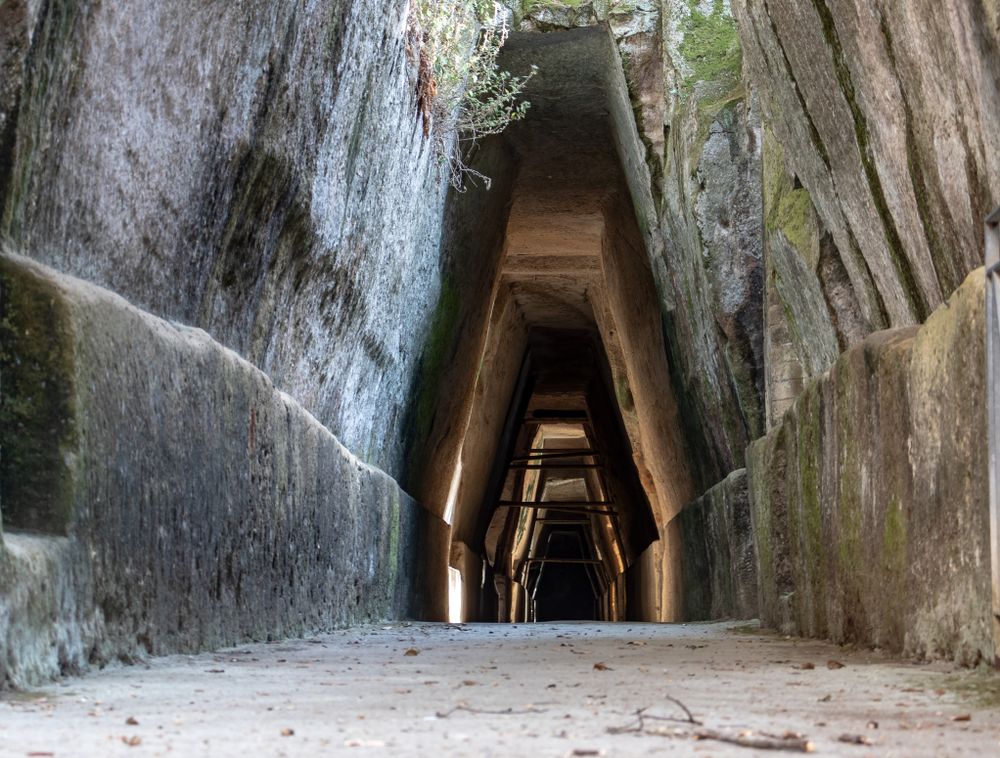
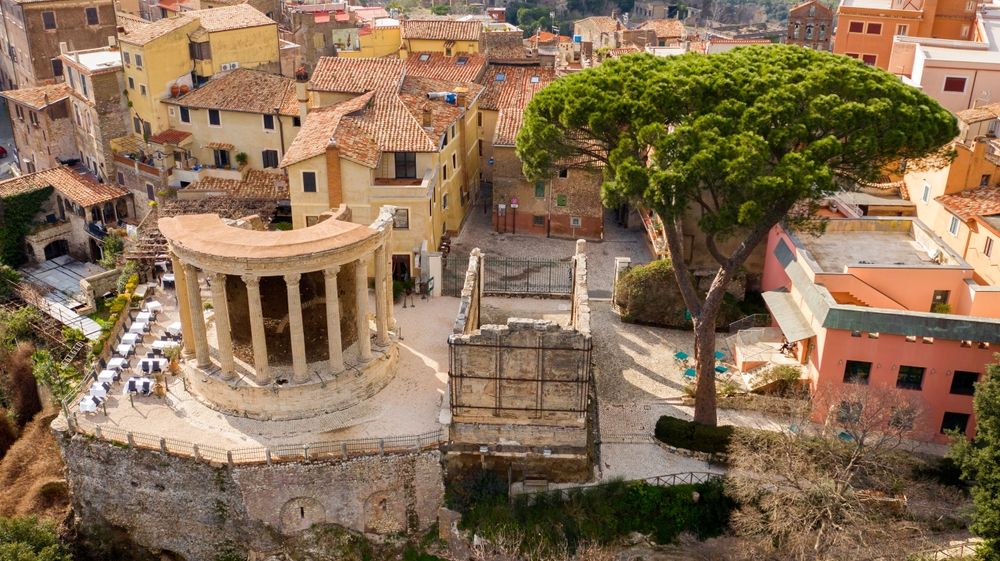
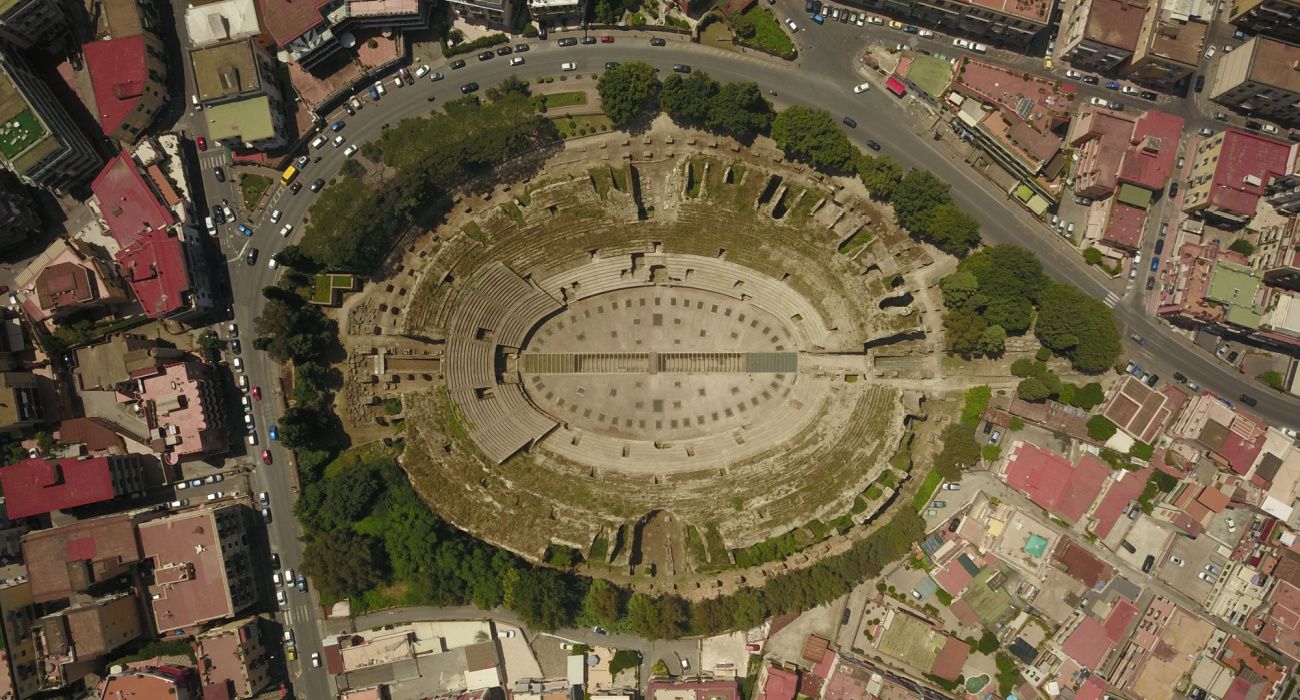

Recent Comments